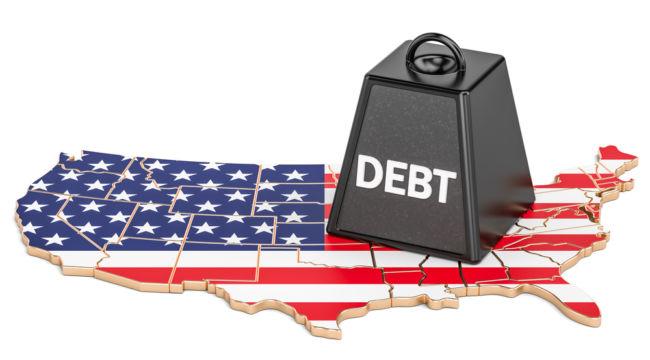He said U.S. troops would not leave until Iraq repaid the U.S. for building bases and other infrastructure in Iraq. Trump also warned that Iraq’s access to its account at the Federal Reserve Bank of New York could be terminated.
That would make it impossible for Iraq to purchase and sell oil in dollars. It could also cause Iraq to lose access to about $3 billion currently held in that account.
Iraq has heard the U.S. threats loud and clear. As of now, U.S. troops are still in Iraq and not planning to leave anytime soon.
The fact that Iraqi policy could be conditioned without a shot being fired shows the raw power of financial warfare.
The trouble is private businesses and investors can get caught in the crossfire of financial warfare.
According to one survey, last year saw a 42% increase in cyberattacks on private companies around the world (attributable to foreign governments).
About 20% of businesses reported daily attacks, many in the banking and financial services sectors. Only 6% of businesses in the survey claimed they weren’t targeted by a cyberattack in 2019.
You as an investor trying to mind your own business or build wealth or expand your portfolio may get caught in the crossfire of a financial war. So you have to take that into account in your portfolio allocations and risk management.
In today’s world, everyone’s a potential casualty of financial warfare.
- Source, James Rickards via The Daily Reckoning
